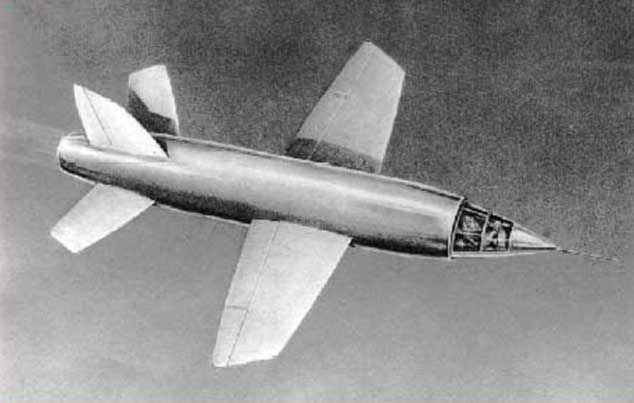The Miles Aircraft M.52
Sometimes you read about something that makes you ask the question why? One of those things that gets my 'noggin joggin' is why do some projects or plans fail?

A heroic failure or a true glimpse of the future...
Sometimes you read about something that makes you ask the question why? One of those things that gets my 'noggin joggin' is why do some projects or plans fail? Sometimes it is bad planning/project management or monetary constraints. During the 1950's and 1960's it could be argued that Britain was a world leader in so many ways, one of those areas was aerospace. One has to gasp at the beautiful De Havilland Comet, the world's first commercial jet airliner, or be awed by the Avro Vulcan bomber, not forgetting the 'plumbers nightmare' of an aircraft the English Electric Lightning. An aircraft that according to a YouTuber Mark Felton intercepted a U2 Spy plane and even managed to intercept another amazing (but flawed in my view) aircraft the anglo-french Concorde. Itself a heroic failure?
A real example of a heroic failure is (to me) the Miles Aircraft M52, an aircraft designed to break the then elusive 'sound barrier'. The aircraft was a supersonic research aircraft. Designed to meet the UK Air Ministry `specification E.24/43'. The aircraft proposed would reach a speed of at least 1,000 miles per hour. Astounding considering the project was proposed at the height of the Second World War. The actual date of the proposal was October 1943!
When you look at the aircraft it looks like something from a Dan Dare comic, yet the proposal was not science fiction by any means. The project was highly secret and work conducted between 1942 and 1945 was cutting edge for its time. The problem was not the science but the fact that after the war Britain was broke. Therefore in 1946 the Labour minister Clement Atlee cancelled the project. Thinking about it breaks your heart. It is important to recognise that at the time many boffins and government officials got the collywobbles and doubted if the project would be successful.
In September 1946 the veil of secrecy was lifted and the public got to know about an amazing project that got pollaxed. It didn't end completely though there were some prototype scale models produced. One test flight attained an incredible speed (for then) of Mach 1.38. Pity it was only a scale model.
One good thing came out of this. The project proved that high mach speeds were possible and lead to the development of the aforemention English Electric Lightning. As often happens with British technological leads others developed it to fruition. The design and research was given/shared with the American Bell aircraft company who developed the Bell X1 which was the first aircraft to break the Sound Barrier. If only we had the cash and resolve to have the 'right stuff' ourselves.